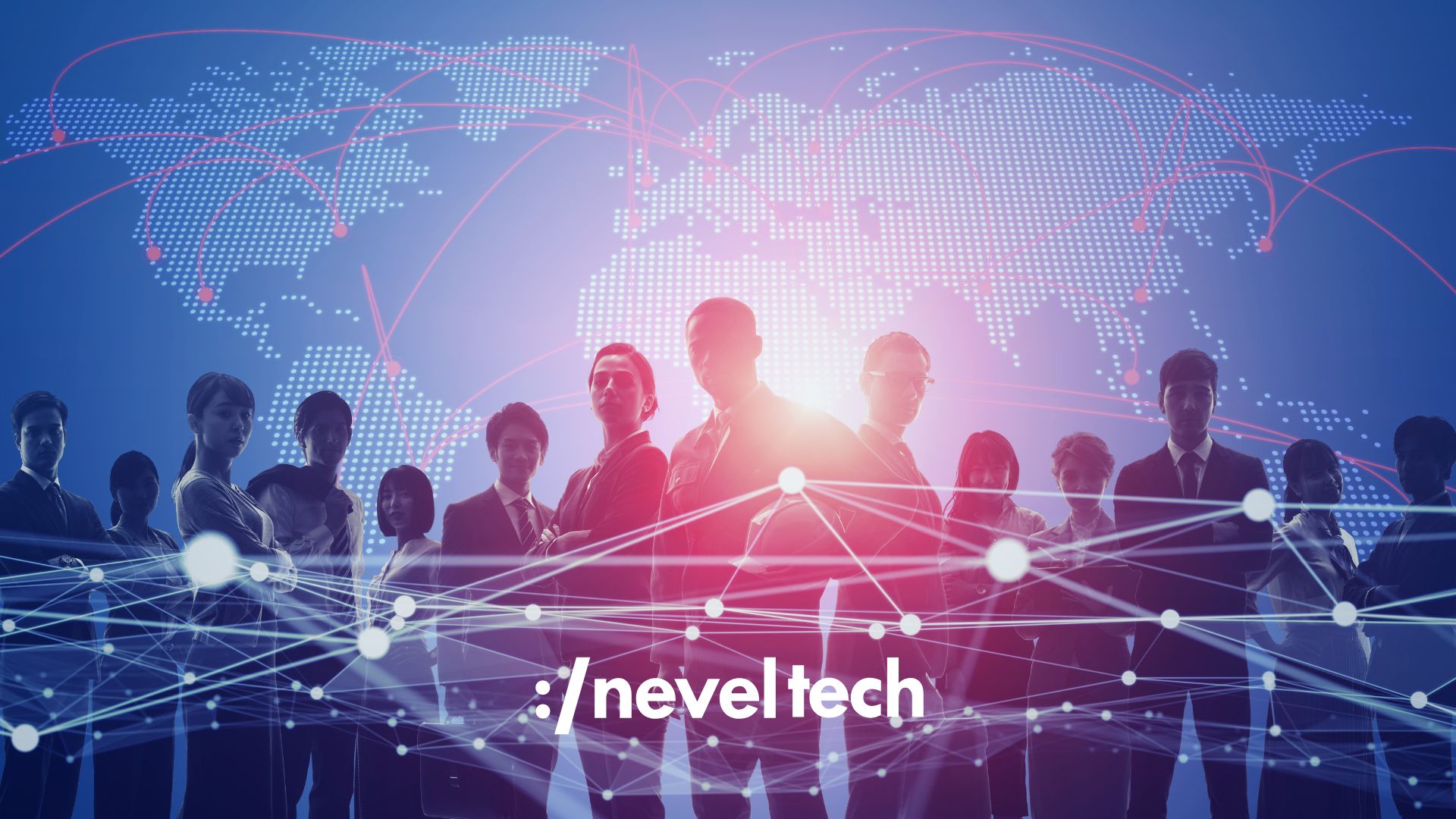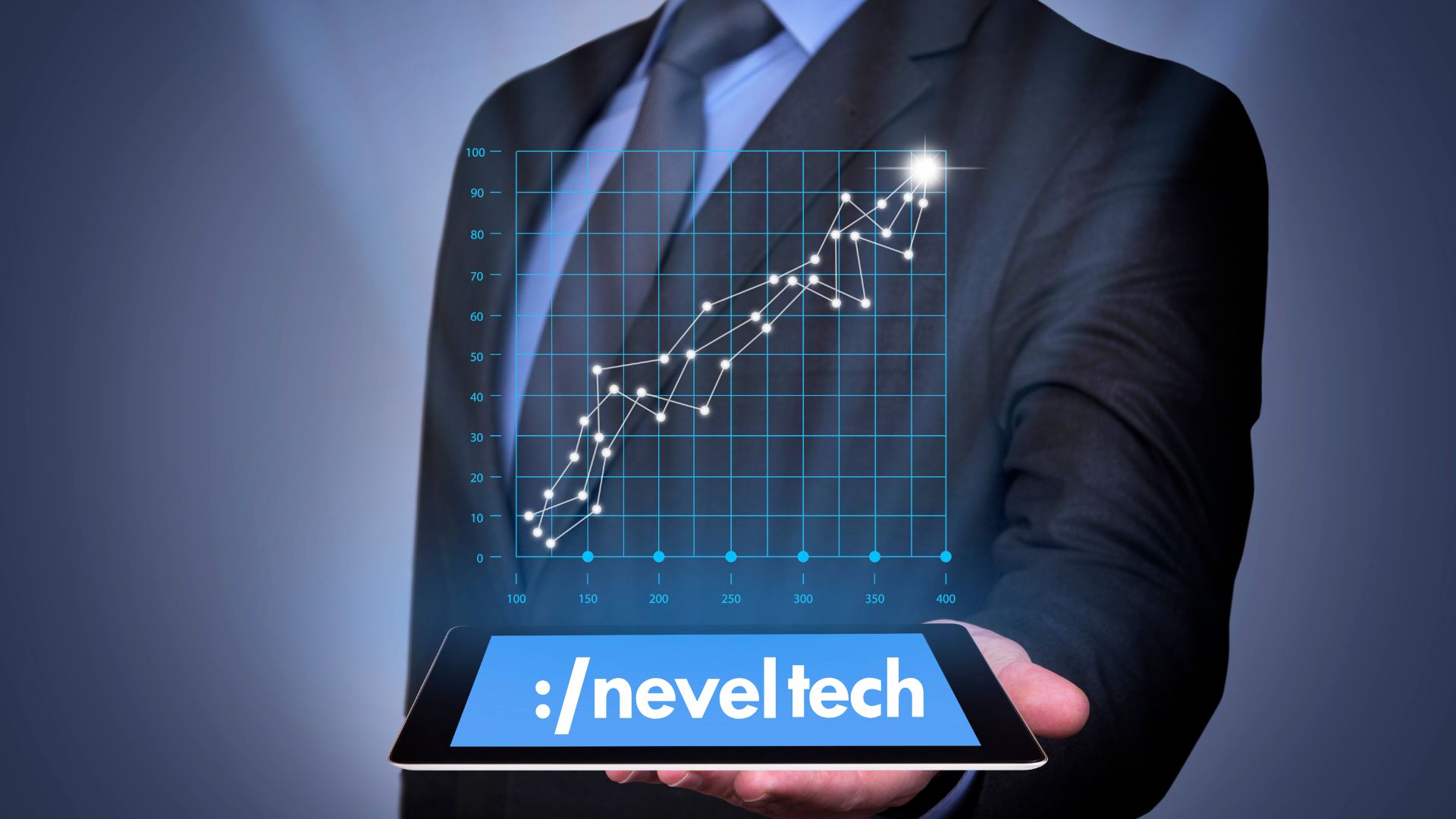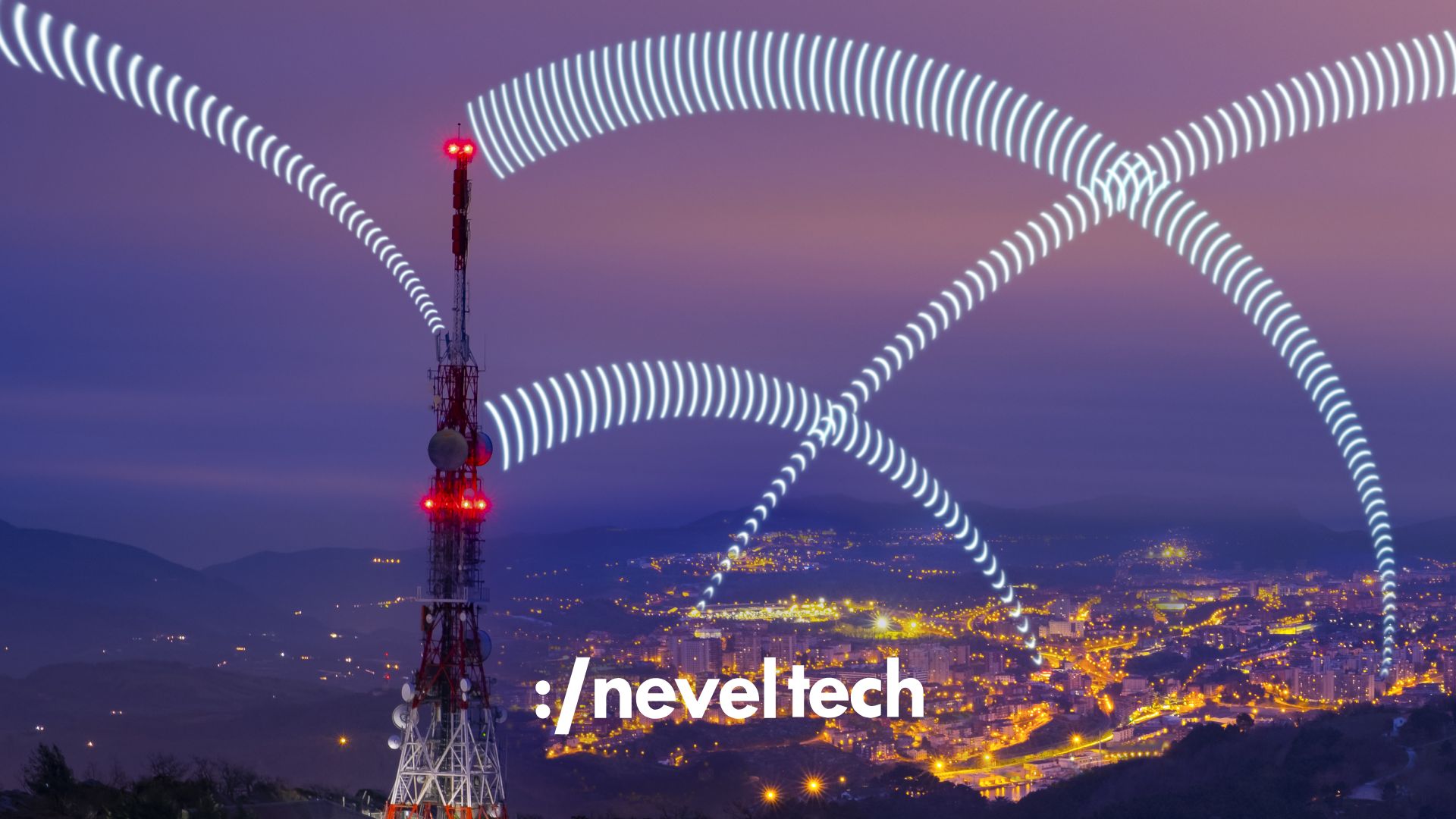With the emergence of 5G business transformation, we stepped into a new era of connectivity that is all set to transform the face of business in almost all areas.
Along with the move towards an increasingly digital economy, it is necessary to understand the impact that 5G Technology can potentially have for 5G business transformation.
This paper focuses on the various aspects of applying 5G and how organizations should adapt to gain from its use.
I. Enabling Faster and More Reliable Connectivity
It is due to the underlying nature of 5G technology that its wide-spread impact on businesses can be defined with delivery unparalleled speeds and reliability in communication.
This can be metaphorically referred to as ‘leap in connectivity’ which will allow firm’s operationalizing processes to become more efficient and responsive.
Specifically, in data transfer reliant industries like finance, manufacturing and logistics this 5G solution offers a great deal of change.
II. Revolutionizing Manufacturing with Smart Factories
Among some of the sectors expected to completely transform is manufacturing which is already experiencing a profound shift with smart factories powered by fifth generation (5g) technologies.
5G’s ultra-low latency enables interoperable machine communication.
Automation, predictive maintenance, and other forms of operational optimization are all enhanced as a result.
This not only minimizes loss but also makes the manufacturing processes better quality wise as well as accurate.
III. Enhancing Healthcare through Telemedicine
In reality, this is the situation where telemedicine could equally benefit from 5g in the healthcare industry, especially when relating to the provision of health care services over a long distance.
Real-time interactions of medical professionals and patients can easily be done because it has a high speed low latency characteristic,
hence remote consultations can be made among other things to the extent that even surgeries can take place at home or hospital bed dozen kilometers away from the patient under operation.
IV. Transforming Retail with Augmented Reality (AR) and Virtual Reality (VR)
The digital revolution of retail, 5G plays a significant role as a key enabler in this transformation.
The advantages of 5g such as high-speed data transfer and low latency allow sellers to use VR, AR for a customer-immersive shopping.
With such innovations as virtual fitting rooms and interactive product trials,
5G business transformation facilitates retailers in connecting with consumers in levels beyond what was previously conceivable;
consequently, the customer experience is made more personalized and seamless.
V. Enhancing Financial Connectivity for a Strong Financial Sector
In financial services every microsecond is important, that is why the challenge of 5G using its overcoming latency resides in the few microseconds.
The capabilities of this network are immense, and it can revolutionize the speed of transactions for high-frequency trading,
real-time analytics and money transactions.
It will increase the level of connectivity by many folds as more and more people are resorting to money,
and this will be possible only with faster access.
VI. Enhancing the aspects of Logistics and Supply Chain Management
Being also closely related to communication and coordination,
logistics and supply chain management, immediately imply the need for effective communication and coordination.
This not only means that fast deliveries are ensured,
but also lowers operational costs via better accuracy for transportation process optimization through real-time tracking systems,
and predictive analytical tools alongside vehicle – warehouse connection improvement facilitated by the 5g technology.
VII. Preparing Businesses for the 5G Evolution
With the increase in 5G penetration, it becomes crucial for businesses to enable positive disruption and not be caught unawares.
This requires one to channel a significant amount of capital in building appropriate infrastructure such as network upgrade,
adoption of compatible devices, cyber security and so forth.
The camouflage integration would only be successful
if telecoms providers worked with the business stakeholders on their unique needs to personalize five G solutions designed especially for them.
Conclusion
Transformational impacts are anticipated in many industries across the globe because of 5G .
It won’t be an iota of a doubt that businesses,
which would like to reduce their operational costs, innovate and better service delivery with 5G resources in areas like the health sector, manufacturing, retailing and financial services.
Given that other companies are bound to adopt this kind of technology it is inevitable that companies must invest in this shift if they have to withstand competition from their rivals.







